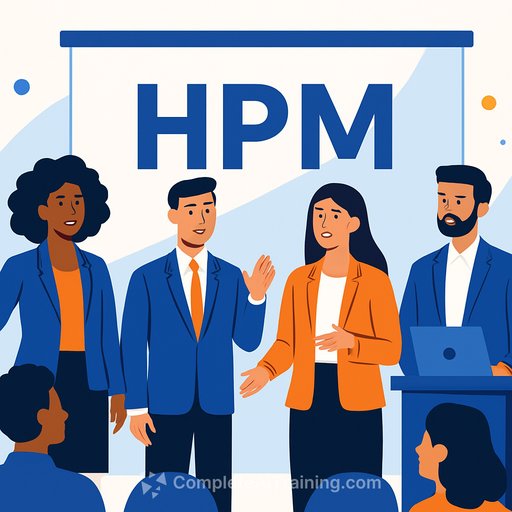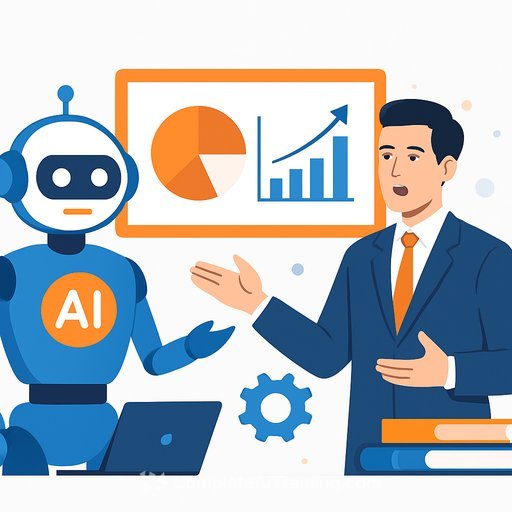HR is getting sidelined in AI decisions. Here's how to fix it.
New research from Beamery shows a clear problem: only 12% of C-suite leaders see CHROs as influential in decisions about AI and workforce transformation. Just 30% of HR leaders say they were involved from the start of their company's AI strategy, even though 60% of executives think HR was. Nearly half of HR leaders (48%) are only brought in during implementation planning.
As the report puts it, "AI-driven workforce transformation isn't just about technology - it's about people." Yet HR is being looped in late, which weakens outcomes and wastes potential.
The gap between C-suite intent and HR reality
There's a perception mismatch. Executives believe HR is involved early; HR leaders say they're invited after the big calls are made. That gap leads to poor adoption, unclear job changes, and resistance on the ground.
Has Dosanjh, CEO of Beamery, warns that late HR involvement risks the ROI of AI initiatives. Bring HR in early and you get smarter role design, better skill development, and a workforce that actually supports the change.
Where HR adds the most value
- Identify tasks to automate without hurting employee engagement or customer outcomes.
- Move people to higher-value work that grows skills, experience, and careers.
- Tie workforce planning, reskilling, and role design directly to business goals.
A practical playbook HR can start using now
- Get a seat at the AI steering group: define decision rights for hiring, reskilling, job redesign, and ethics. If it affects people, HR owns part of the call.
- Map work, not just jobs: build a task inventory with managers, flag automation candidates, and score impact on EX and CX before pulling any levers.
- Go skills-first: update your skills taxonomy, define skill adjacencies, and publish clear learning paths for roles most likely to change.
- Pilot with guardrails: pick 2-3 use cases, set KPIs (quality, productivity, risk, employee feedback), and establish a rollback plan.
- Communicate early and often: explain what will change, what won't, and how employees can grow into the new work. Equip managers with FAQs and talking points.
- Set policy and governance: create guidelines for data use, fairness, human oversight, and vendor checks. Consider frameworks like the NIST AI Risk Management Framework.
- Measure outcomes that matter: track productivity, quality, time-to-fill, internal mobility, and engagement. Report wins and lessons learned every quarter.
30-day starter plan
- Week 1: form a cross-functional working group (HR, IT, Legal, Ops) and agree on decision rights.
- Week 2: run a rapid task audit in two functions; shortlist safe automation candidates.
- Week 3: define skill gaps and learning paths for the affected roles.
- Week 4: launch a small pilot with clear KPIs and a communication plan for employees and managers.
Why HR must step forward now
AI will change how work gets done. If HR isn't present at the start, the organization pays for it later through rework, confusion, and poor adoption.
This is the moment to lead with clarity: set the rules, upgrade skills, and design jobs people can grow into. Do that, and AI boosts performance without breaking trust.
Useful resources
- Policy and risk: NIST AI Risk Management Framework
- Upskilling options by role: Complete AI Training - courses by job
Your membership also unlocks:






